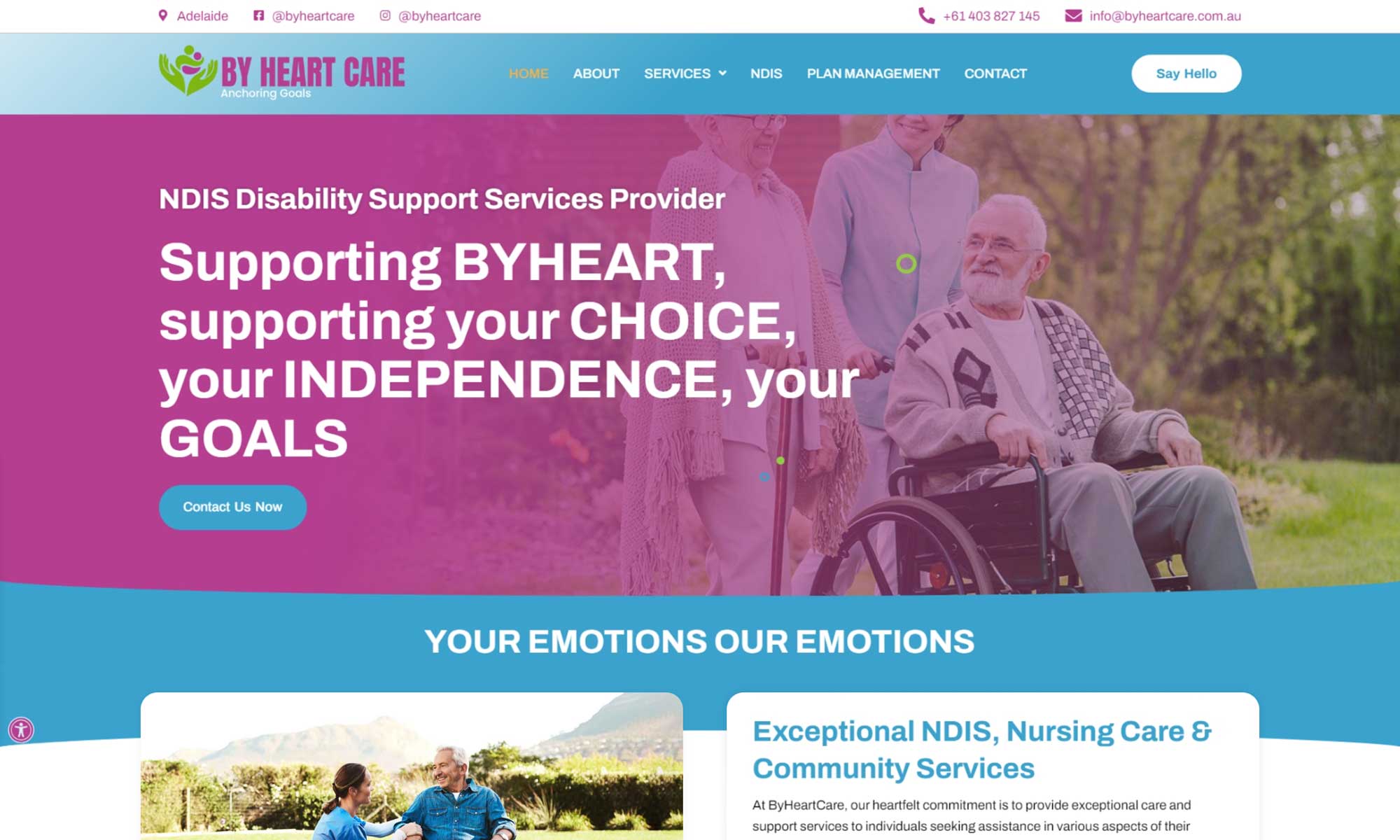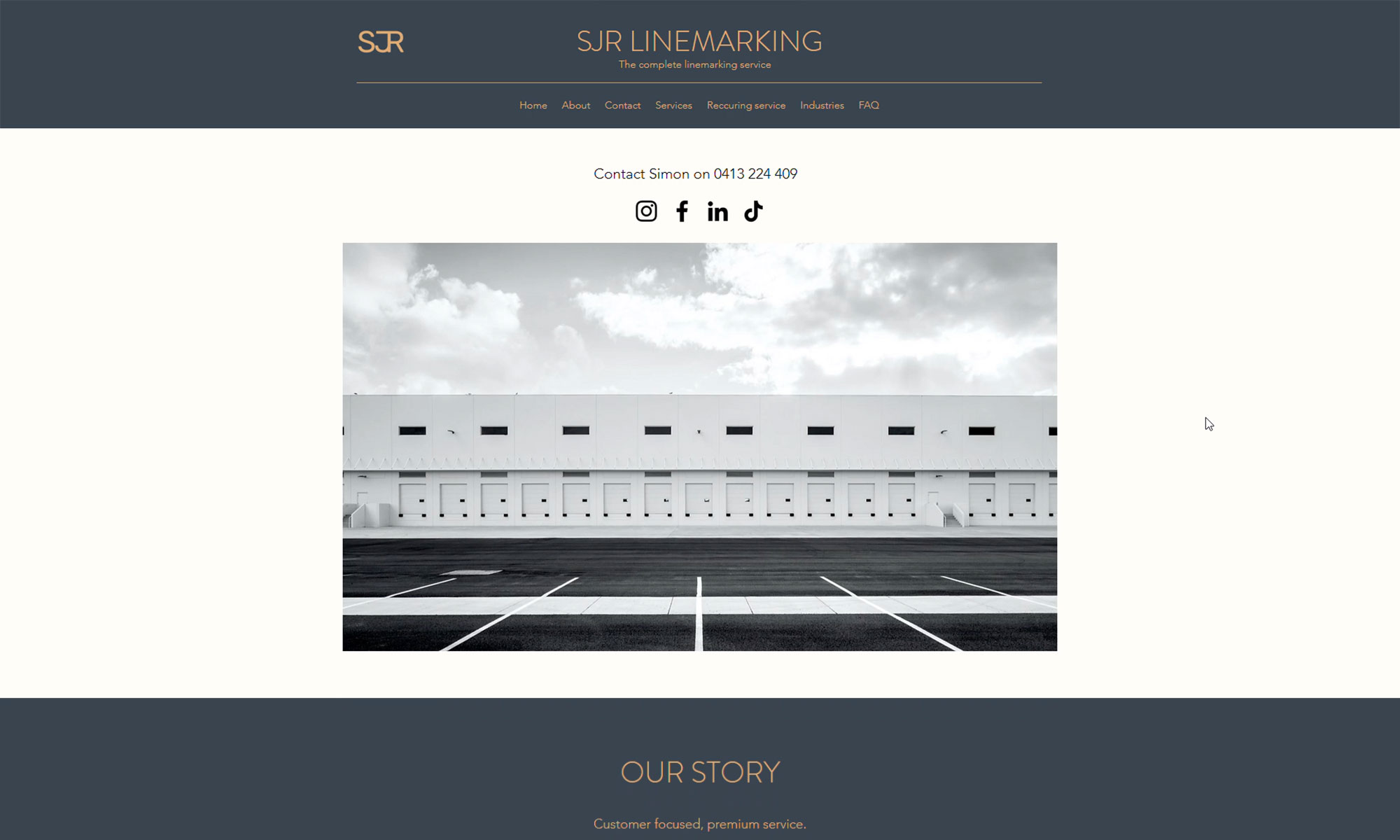





Star Digital is a boutique performance based marketing company with our head office based just outside of the Melbourne CBD. Here at Star Digital we are passionate about all things digital marketing related whether that be building a brand new stunning website, helping to convert and increase sales from current traffic volumes or increasing the presence of a company through branding and huge volumes of traffic. Everything we touch has the mission of increasing authority and financial growth for a website in its digital space.







If you’re looking to reach the No.1 position on Google’s or Bing’s Search Engine Results, you may have noticed a huge amount of competition in your market. But did you know you may also be facing competition within your current marketing company!?
SEO Location Exclusivity means we will not work with any other companies in your industry area with an exception to the adult, pharma and gambling industries.
You deserve to have an SEO marketing team that is 100% committed to getting you to rank and to have their full attention and commitment. It would be completely counterproductive to have an SEO company that is helping your competition.
There can be no doubt that Cryptocurrency is booming, and the Star Team have never been afraid of being industry trailblazers, we have yet again set the bar as one of the first Digital Marketing Agencies to accept Crypto as payment in Australia. This includes Ethereum (ETH), Bitcoin (BTC), Dogecoin (DOGE) and Cardano (ADA).
“We’re excited to announce that Star Digital Marketing will be accepting cryptocurrency as a form of payment of the 1st of January 2022. This comes at an exciting time, where we will be testing the waters within some very exciting new markets. It is our hope that, through providing our star clients with a viable alternate payment option as well as an additional layer of security, will elevate our appeal to even greater heights.”

Star Digital Marketing is your go-to Web Development and Design agency in Melbourne. Our team of skilled designers and developers offer high-quality services that will exceed any digital requirements your business may have.
Whatever your needs, we have the right package to build your ideal online presence, whether you’re an artist, tradesman, retailer, or anything in between.
Statistics show that 78% of website credibility comes from design and that 81% of users are likely to return to responsive business websites. Given these statistics, it’s no surprise that businesses regard website design as essential to generating leads, attracting customers, and maximising their returns.
Our Web Designers in Melbourne will ensure that your website has a superior User Interface that will enhance the potential for conversion. At Star Digital Marketing, we design unique websites that increase brand and customer loyalty and ultimately drive action. We understand that individual businesses have different requirements, which is why our design packages are individually customised to meet the varied needs of small businesses to large organisations.
Our Website Design teams that are conveniently located in Melbourne, envisage, and develop visually impressive, high-conversion websites and branding solutions that will appeal to and engage customers across all age groups. Whether you’re looking for an eCommerce, Shopify, or corporate website, our skilled team will work with you throughout the web design process to create something not only beautiful but functional, precisely as you envision it.
Your website is so much more than just a compilation of words and visuals. It’s the centre of your digital presence and your foremost source of opportunity. If you want success online, it is essential to have a beautifully designed website, thoughtfully constructed by experts who are passionate about helping you achieve your full potential at an inclusive price point.
Star Digital Marketing is the go-to destination for all those looking for visually stunning, high-converting, and result-driven web designing. At Star Digital Marketing, we create and deliver innovative digital solutions that will help your business rise above competitors and boost your business ROI.
Our Star Digital Marketing team will help you create a:


Marketing has always been considered integral to the success and growth of businesses. From big to small, all companies need marketing to carve out a niche in this ever-changing and competitive industry. As the world progresses, so does marketing. With…
Content is the bread and butter of the internet. It's what keeps people coming back for more, and it's what helps you build a relationship with your audience. But above all else, content is what helps you build trust. Think…
Every SEO expert understands that appearing in a Google snippet is similar to winning the lottery. It's the holy grail of SEO, and it can mean a massive increase in traffic to your website. But how do you get that…
As the world becomes increasingly digitised, online marketing has become an essential tool for businesses of all sizes. However, online marketing can be a complex and ever-changing landscape, and it can be easy to make mistakes that can have a…
The way you connect with your customers says a lot about your business. Your ability to build strong relationships with the people who patronise your brand can make or break your success. Social media offers a great opportunity to reach…
Google's algorithm is constantly changing, and that means that what works today might not work tomorrow. That's why it's important to stay up to date on the latest SEO trends. Recently, Google has been placing more emphasis on quality over…

